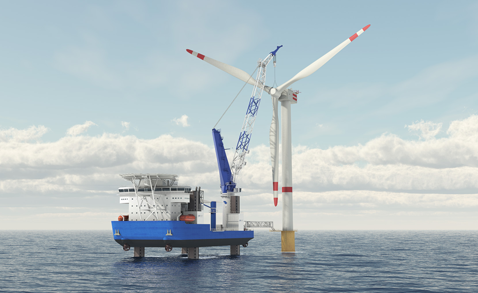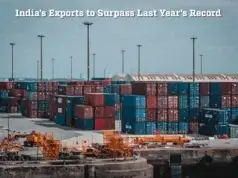
National Institute of Wind Energy, formerly known as Centre for Wind Energy Technology or C-WET, has been appointed as nodal agency for development of offshore wind energy in India. This nomination was a key aspect of the National Offshore Wind Energy Policy approved by the Union Cabinet on September 9, 2015. NIWE will also carry out allocation of offshore wind energy blocks and will coordinate with related ministries and agencies. Meanwhile, ministry of new and renewable energy will be the nodal ministry for offshore wind energy. India is endeavouring to tap its offshore wind energy potential by setting up wind farms in offshore areas that are within the exclusive economic zone (EEZ) of the country. The designated cut-off for an EEZ is up to 200 nautical miles from the base line.
“The policy approval paves way for offshore wind energy development including, setting up of offshore wind power projects and research and development activities, in waters, in or adjacent to the country, up to the seaward distance of 200 nautical miles (EEZ of the country) from the base line,” a government release noted.
Commenting on the development, Tulsi Tanti, Chairman, Suzlon Group, noted, “With a coastline of 7,600 km, India has enormous offshore wind energy potential and cabinet approval is set in right direction to unlock this opportunity. Offshore wind energy implementation requires fair amount of approvals from various departments. I am confident, this announcement will simplify and create a single window system for relevant approvals from various central government departments and state maritime boards too. One of the key advantages of offshore wind energy is that large sized projects of 1,000 mw and above can be built with the capacity utilization factor ranging from 45 per cent to 50 per cent.”
With the introduction of the National Offshore Wind Energy Policy, the government is attempting to replicate the success of the onshore wind power development in the offshore wind power development. The policy will provide a level playing field to all investors and beneficiaries—both domestic and international. All the processes would be carried out in a transparent manner by NIWE, the government release observed.
Worldwide, wind energy is accepted as one of the most developed, cost-effective and proven renewable energy technologies to meet increasing electricity demands in a sustainable manner. While onshore wind energy technologies have reached a stage of large scale deployment and have become competitive with fossil fuel based electricity generation, with supportive policy regimes across the world, exploitation of offshore wind energy is yet to reach a comparable scale. India has achieved significant success in the onshore wind power development, with over 23 GW of wind energy capacity already installed and generating power, the release added.











